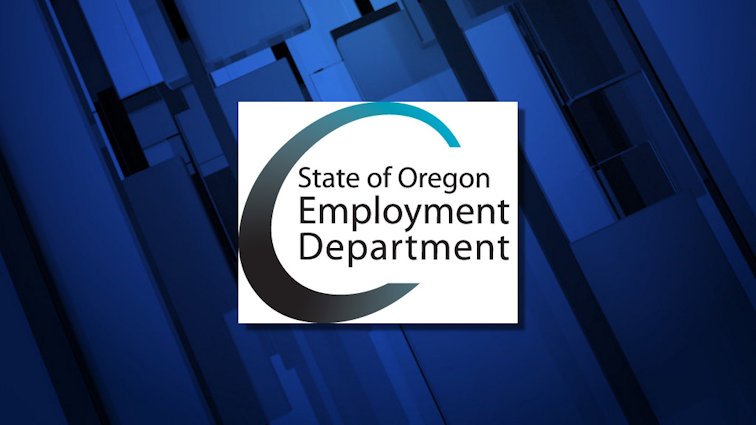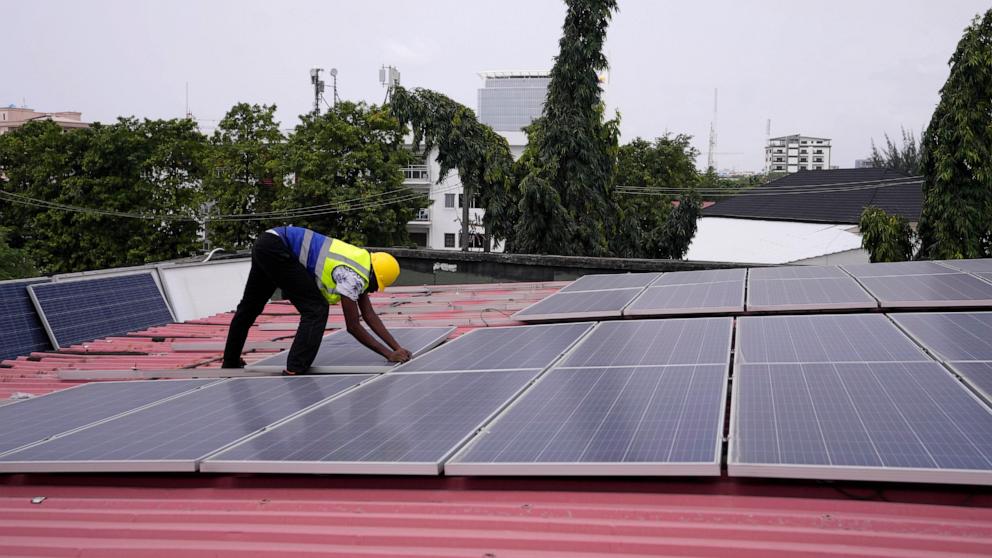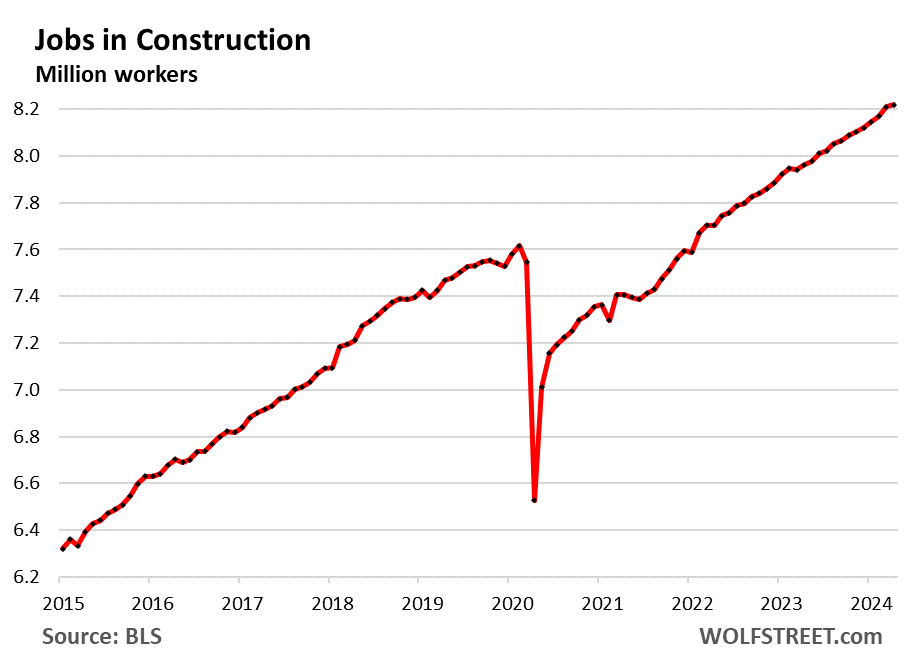Two men hold American flags at a naturalization ceremony in Miami Beach. Complete a new investigation … [+]
Universal Images Group via Getty Images
New research finds that immigrants raise the wages and employment of US-born workers. Americans should be concerned about the findings, which confirm and extend previous analyses, because the study addresses long-standing fears that admitting newcomers creates economic problems for current workers. The research follows other positive reports about immigrants controlling inflation and boosting U.S. economic growth.
“Immigration, thanks to native-immigrant complementarity and the content of university skills of immigrants, had a positive and significant effect between +1.7% and +2.6% on the wages of less educated native workers, during the period 2000 -2019 and no significant wage effect on university-educated natives”, according to research by Giovanni Peri and Alessandro Caiumi, economists at the University of California, Davis. “We also calculate a positive effect on the employment rate for most natives [U.S.-born] workers.” The National Bureau of Economic Research published the research.
Policy makers should welcome the study’s findings. The research covers up to 2022, including recent increases in immigration. “Even the simulations for the most recent period 2019-2022 suggest small positive effects on the wages of non-university natives and no significant exclusion effects on employment,” according to Peri and Caiumi.
Control inflation and boost economic growth
Peri and Caiumi address concerns about potential negative impacts, but discussing other ways immigrants benefit Americans is beyond the scope of their work. “Immigrants are driving America’s economic boom,” he writes Washington Post Catherine Rampell. “That is: the United States escaped recession, hiring growth beat expectations, and inflation cooled faster than expected, in large part because immigration increased the size of the American labor force. Don’t just take my word for it; ask the president of the Federal Reserve or Wall Street economists“.
Economists have explained that immigrants help control inflation by expanding the labor supply. “Increasing our ability to produce by increasing the supply of labor is the least painful way to control inflation,” according to Mark Regets, a labor economist and senior fellow at the National Foundation for American Policy. George Mason University Professor Justin Gest writes in the Wall Street Journal, “Our finding of the link between migration and inflation highlights how immigrants also help labor markets become more responsive to local changes in demand and supply.”
Economists Pia Orrenius and Chloe Smith of the Federal Reserve Bank of Dallas note that a country achieves economic growth by “growing the labor force and its productivity.” Economic growth, gross domestic product or GDP growth, raises a country’s standard of living. Aging and retiring American workers mean that, without a significant increase in productivity growth, “less immigration will translate directly into slower growth in gross domestic product.”
Research by Professor Madeline Zavodny of the University of North Florida may help us better understand how to think about the recent increase in migrants from Latin America, taking into account the economic effects of slower immigration. Zavodny found that slower growth in the foreign-born working-age population between 2016 and 2022 “reduced U.S. real GDP growth by an estimated 1.3 percentage points in 2022,” according to an NFAP study. “U.S. real GDP would have increased by about 3.2 percentage points in 2022 if the foreign-born working-age population had continued to grow at the same rate as during the first half of the 2010s.” In contrast, US real GDP rose by just 1.9 percentage points in 2022.
Understand why immigrants don’t drive down wages
In 2014, Giovanni Peri wrote: “A review of the literature finds little evidence of a wage-depressing effect of immigration because immigrants are absorbed into the host economy through a series of adjustments by firms and other workers.”
He explained that immigrants often have different skills than US-born workers, which “can spur innovation, ultimately increasing the productivity (and thus wages) of native-born workers.” When immigrants work in manual jobs, US-born workers tend to specialize, for example, moving into “communication-intensive jobs.”
A fact that is often overlooked: “Immigrants are not simply workers but consumers.” By increasing demand for goods and services, immigrants “can lead to greater investment, which results in greater demand for labor and thus increased wages and employment in the economy.” Immigrants can also increase the demand for labor by creating new businesses. They can help US-born entrepreneurs expand or start new businesses by becoming an available source of work. “Once these adjustments are accounted for, the wages of native-born workers, even workers with skills similar to those of immigrants, do not change much in response to immigration,” he wrote.
In their recent study, Peri and Caiumi found that immigrants “have a substantial degree of productive complementarity with natives” that offsets the “competition effect” and raises the wages of US-born workers. After 2000, economists noted that immigrant flows were more college-educated, and this “complementarity” boosted the wages of less-educated American workers.
“The fact that the inflow of immigrants over the past 20 years has helped America’s non-college-educated wages implies that we could expand legal immigration of less-educated workers to fill various jobs whose markets are very tight now (in the construction industry ). sector, hospitality, personal care and health care) without hurting American workers, but still allowing their wages to grow,” said Giovanni Peri. “The results of the paper and the current very tight labor market suggest that this is a very good time to expand legal immigration, make it a more orderly, job-driven process and benefit from it.”
#Immigrants #raise #wages #employment #USborn #workers



![This 41-year-old woman owes nearly $125,000 in debt and plans to die [in] my cubicle': Here's what you can do if you're not sure when you can finally retire](https://catnie.com/wp-content/uploads/2024/05/This-41-year-old-woman-owes-nearly-125000-in-debt-and-plans.jpeg)


